Terracotta pots have long been a favorite among plant lovers for their rustic charm, natural breathability, and timeless look. They instantly add warmth and texture to any indoor space while promoting healthy root growth. However, while terracotta pots are beautiful and functional, they also come with their own unique set of challenges.
If you’ve ever found your houseplants wilting, drying out too quickly, or showing signs of stress despite being in terracotta pots, you’re not alone. Many indoor gardeners unknowingly make small mistakes that can affect plant health and longevity.
In this detailed guide, we’ll uncover the 5 most common mistakes to avoid when growing houseplants in terracotta pots—and share expert tips to help you use them effectively for thriving, lush indoor plants.
1. Ignoring Terracotta’s Natural Porosity
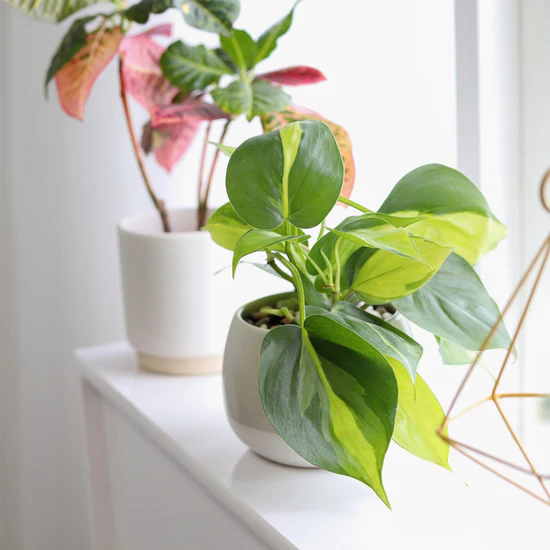
One of the biggest advantages—and drawbacks—of terracotta pots is their porous nature. Made from baked clay, terracotta allows air and moisture to pass through its walls, creating an oxygen-rich environment for roots. This helps prevent root rot, a common problem with overwatered houseplants.
However, this same feature also means that water evaporates faster from terracotta pots than from plastic or glazed containers. If you’re not adjusting your watering routine accordingly, your plants might dry out too quickly, leading to drooping leaves, crispy tips, or stunted growth.
How to Avoid This Mistake:
- Monitor soil moisture closely. Check the top 1–2 inches of soil regularly—if it feels dry, it’s time to water.
- Water more frequently during hot or dry seasons. Terracotta pots lose moisture faster in warm conditions.
- Add moisture-retaining materials like coco coir, peat moss, or vermiculite to your potting mix.
- Use saucers wisely. Allow excess water to drain, but don’t let the pot sit in water for too long—terracotta will absorb it, keeping roots too damp.
By understanding and adapting to terracotta’s natural properties, you’ll help your houseplants stay hydrated without overwatering.
2. Skipping the Pre-Soaking Step Before Planting
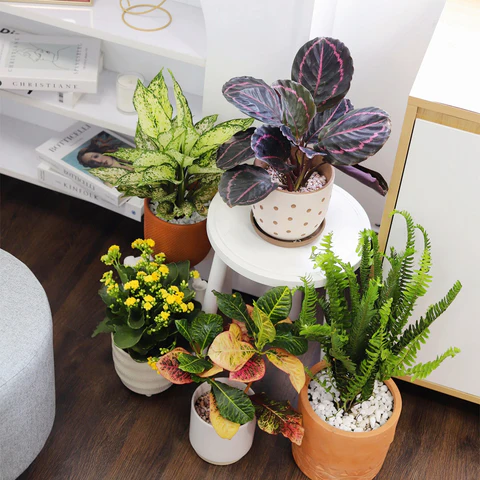
A lesser-known but crucial tip when using terracotta pots is pre-soaking them before planting. Dry terracotta quickly absorbs moisture from the soil and plant roots. If you plant directly into an unsoaked pot, it can draw water away from the roots, leaving the plant stressed and dehydrated from the start.
Why It Matters:
When terracotta pots are bone dry, they act like a sponge. The clay will soak up the initial moisture meant for the plant’s soil, reducing water availability where it’s needed most—around the root zone. This can be especially harmful to young or newly repotted plants that need consistent moisture to establish roots.
How to Avoid This Mistake:
- Soak the pot in water for 20–30 minutes before planting. This saturates the clay and prevents it from drawing moisture out of the soil.
- If you’re repotting, rinse and soak the pot again even if it’s been used before, as old terracotta tends to dry out completely between uses.
- For added protection, consider lining the interior of the pot with a thin layer of coconut fiber or coffee filter paper to slow water loss while maintaining breathability.
This simple pre-soak step can make a huge difference in maintaining soil moisture balance, especially in hot or dry indoor climates.
3. Using the Wrong Soil Mix
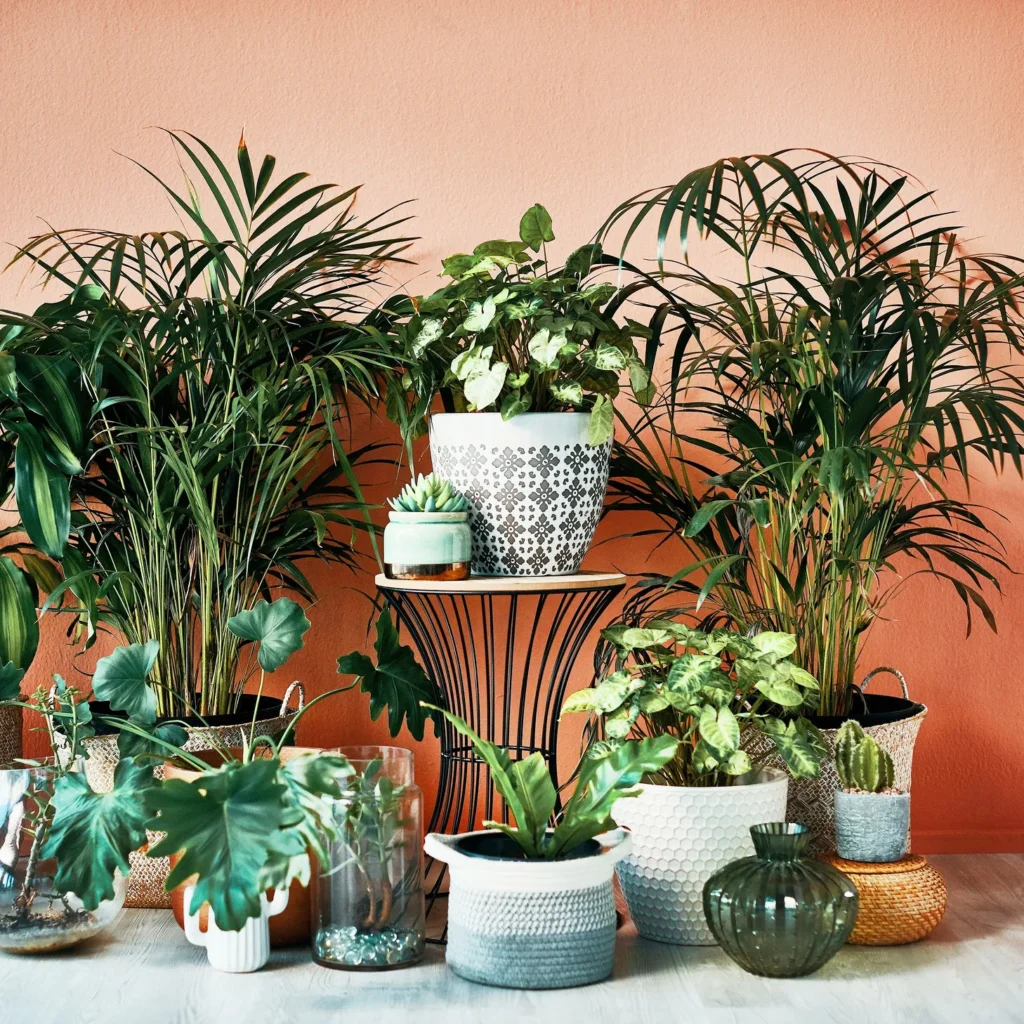
Another major mistake when growing houseplants in terracotta pots is using the wrong type of soil. Since terracotta promotes excellent drainage, pairing it with fast-draining soil can sometimes result in too much dryness. Conversely, heavy soils may compact and prevent airflow, defeating terracotta’s main advantage—root aeration.
Understanding the Balance:
Your goal is to create a potting mix that retains enough moisture for the plant to thrive while still allowing excess water to escape. The ideal mix depends on your plant type, but it should generally be light, nutrient-rich, and airy.
How to Avoid This Mistake:
- For tropical plants (like pothos, philodendrons, and monsteras): Use a mix of 2 parts peat moss or coco coir, 1 part perlite, and 1 part compost.
- For succulents and cacti: Choose a gritty mix with sand, pumice, or perlite for faster drainage.
- For ferns or calatheas that love moisture: Add more organic matter like leaf mold or worm castings to hold water longer.
- Always ensure the pot has drainage holes to prevent waterlogging.
If your soil drains too quickly, water will run straight through and your plant will never get enough hydration—so tailoring your mix to your plant’s needs is essential.
4. Placing Terracotta Pots in Extreme Environments
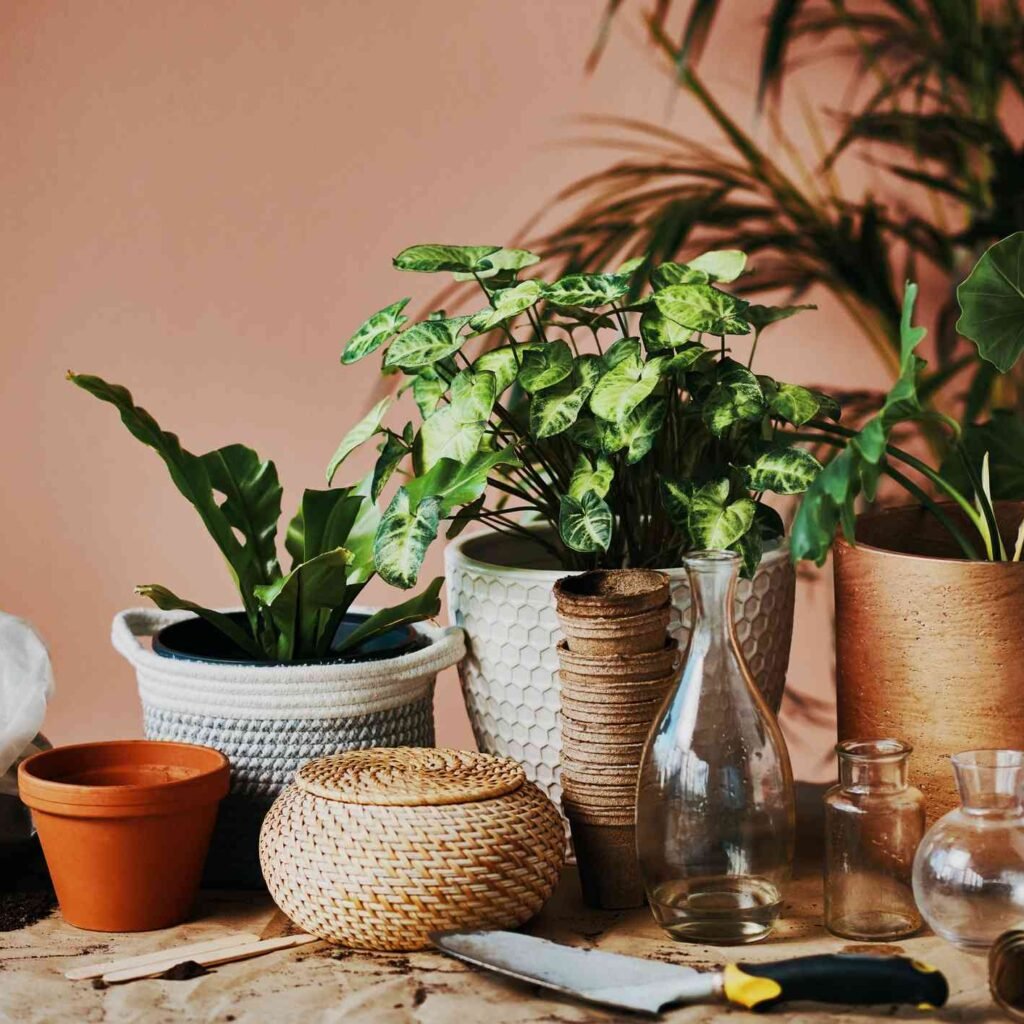
Terracotta pots are highly sensitive to their surroundings. Because they’re made from natural clay, they’re influenced by temperature, humidity, and light exposure more than other types of containers. Many plant owners unknowingly place their terracotta pots in spots that accelerate drying or temperature stress.
Common Environmental Mistakes:
- Placing pots near heaters, vents, or radiators: This dries out the soil too quickly.
- Exposing pots to direct sunlight for long hours: The clay heats up, drying the soil unevenly and potentially damaging roots.
- Using terracotta outdoors in freezing temperatures: The clay can crack due to expansion and contraction of water inside its pores.
How to Avoid This Mistake:
- Keep pots away from heat sources and cold drafts.
- For indoor setups, choose bright but indirect light—terracotta helps regulate temperature, but too much heat can still stress roots.
- Use pot trays or cork coasters to protect furniture surfaces from moisture rings or condensation.
- In winter, reduce watering frequency and maintain stable indoor temperatures between 18–27°C (65–80°F).
A stable environment ensures that both your plant and its terracotta pot maintain an ideal balance of moisture and warmth.
5. Forgetting to Clean and Maintain Terracotta Pots
Over time, terracotta pots naturally develop white mineral deposits or residue on their surfaces. These marks, caused by salts and minerals from water and fertilizers, are harmless to look at but may indicate salt buildup in the soil. If left unchecked, this buildup can damage plant roots and contribute to brown tips, leaf burn, or poor growth.
Additionally, reused terracotta pots can harbor fungal spores, bacteria, or pests from previous plants if not cleaned properly—putting your new plants at risk.
How to Avoid This Mistake:
- Clean terracotta pots regularly.
- Remove the plant and soil.
- Soak the pot in a 1:10 solution of bleach and water for 30 minutes to disinfect.
- Scrub gently with a brush to remove white residue.
- Rinse thoroughly and let it dry completely before replanting.
- If you prefer a natural alternative, use a vinegar solution (1 part vinegar to 3 parts water) to remove mineral stains safely.
- Avoid excessive fertilizer use, as it accelerates salt accumulation.
- Periodically flush your potting soil with clean water to wash out excess minerals.
Maintaining your terracotta pots not only improves their appearance but also enhances your plants’ overall health and longevity.
Bonus Tip: Seal Your Terracotta Pots (Optional)
If you live in a very dry climate or find your plants drying out too quickly, consider sealing the inside of your terracotta pots. Sealing reduces water absorption through the pot walls, allowing soil to stay moist longer while maintaining that classic terracotta look.
You can use:
- Clay pot sealants available at garden stores.
- Natural beeswax or linseed oil for an eco-friendly finish.
Apply a thin coat on the interior and let it dry completely before planting. This technique helps balance the benefits of terracotta’s breathability with added moisture retention—perfect for humidity-loving houseplants.
Why Terracotta Remains the Best Choice
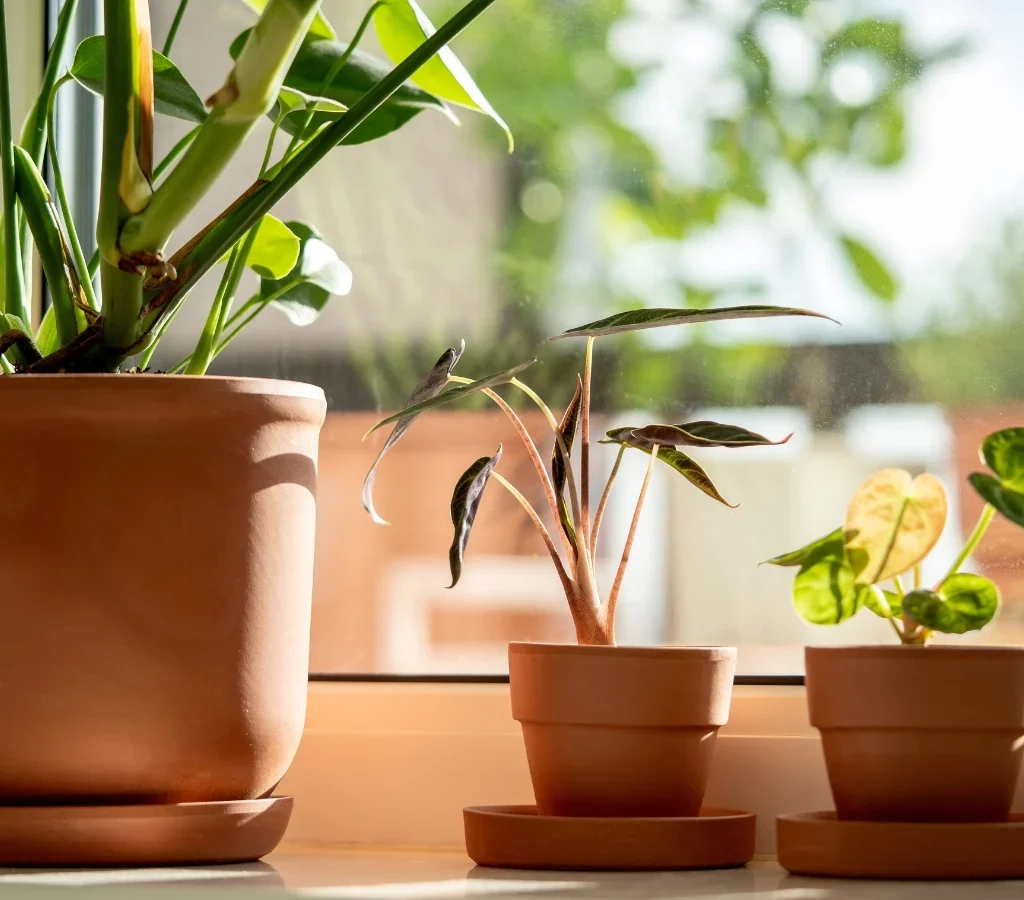
Despite its quirks, terracotta remains one of the best materials for growing houseplants. Here’s why it continues to be the favorite among both beginners and seasoned plant lovers:
- Breathable: Promotes healthy root oxygenation and prevents rot.
- Natural temperature control: Keeps roots cool in summer and insulated in winter.
- Eco-friendly: Made from natural clay and biodegradable materials.
- Aesthetic appeal: Complements all interior designs, from rustic to modern.
When used correctly, terracotta pots can create a perfect balance of function and style for your indoor plant collection.
Conclusion
Growing houseplants in terracotta pots can be incredibly rewarding—but only if you understand their unique characteristics and avoid common pitfalls.
To recap, here are the 5 key mistakes to avoid:
- Ignoring terracotta’s natural porosity and fast-drying nature.
- Skipping the crucial pre-soaking step before planting.
- Using an unsuitable or overly fast-draining soil mix.
- Exposing terracotta pots to harsh or unstable environments.
- Forgetting to clean and maintain the pots regularly.
By mastering these fundamentals, you’ll not only protect your plants from unnecessary stress but also enjoy healthier, greener, and more resilient houseplants.
Terracotta pots, when used with care, can turn any indoor space into a thriving sanctuary of natural beauty—proof that tradition and nature, when respected, can still create the perfect environment for modern living.
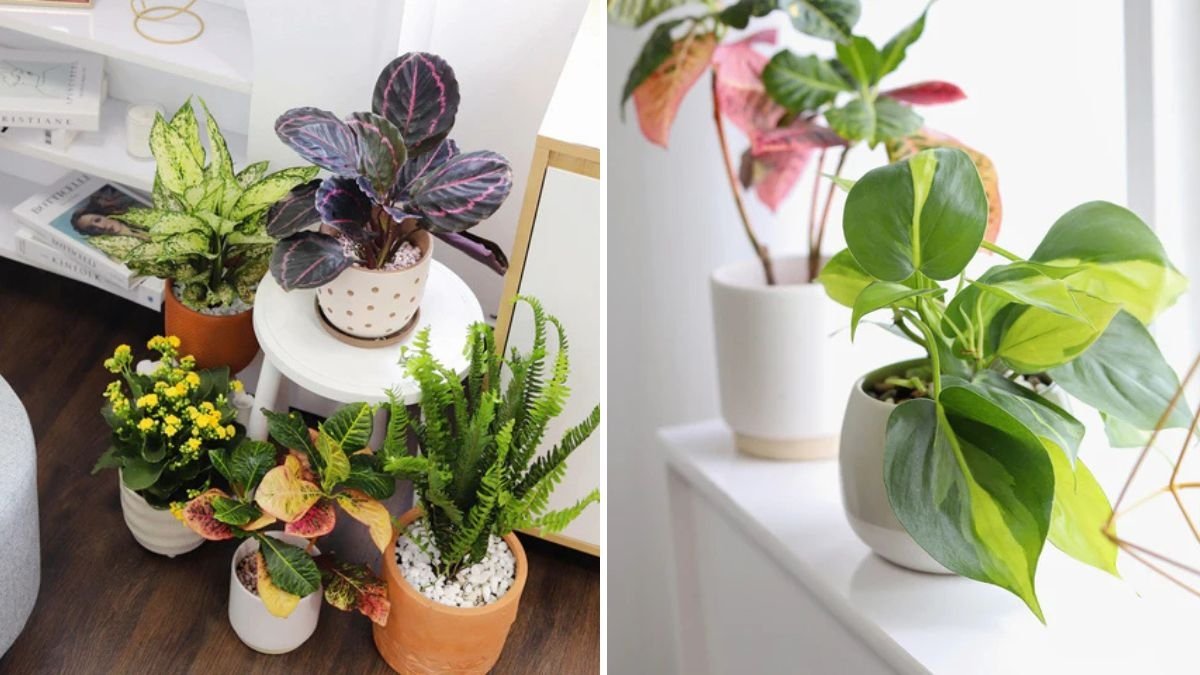




Leave A Comment